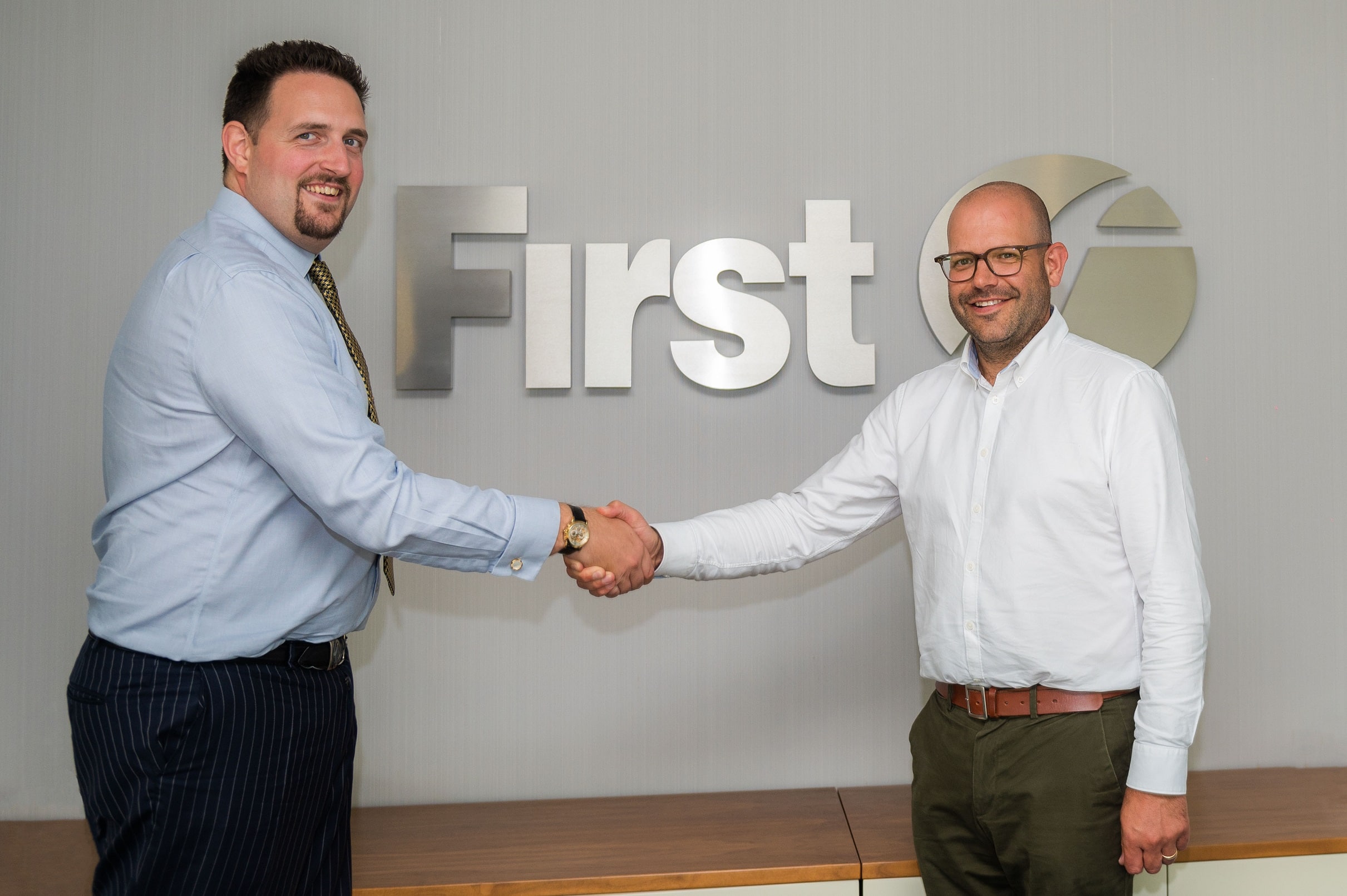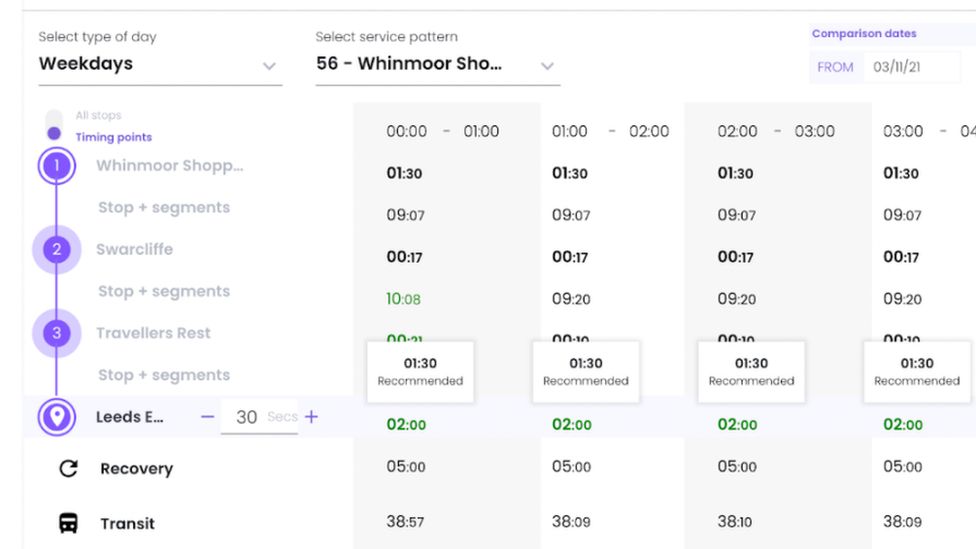First Bus, a prominent UK operator with a fleet of 4,000 buses across the country, has tackled the challenge of “bus bunching” through the implementation of AI-powered software for designing and updating its timetables. Simon Pearson, the Chief Commercial Officer at First Bus, acknowledges the complexity of managing bus schedules, particularly with buses operating 16 hours a day.
Before adopting AI, the scheduling process was manual and time-consuming, with timetable changes occurring only three times a year. However, the enhanced processing power and learning capabilities of AI have enabled more frequent adjustments and automatic adaptations in response to road congestion, thereby minimizing the inconvenience of buses bunching together.

Since November 2022, the implementation of AI technology in testing areas, such as West Yorkshire, Glasgow, and Bristol, has shown encouraging results. Pearson notes a 20% improvement in punctuality during peak periods, prompting First Bus to extend the AI implementation across all its UK routes.
Despite these advancements, some passengers in trial locations have reported ongoing irregularities in bus services. Pearson emphasizes that responsive scheduling not only benefits passengers but also reduces stress for bus drivers. Additionally, local governments, often subsidizing services, stand to save money through better optimization of bus numbers.
Coverage on BBC news today about our investment in AI technology to help transform the customer experience.
READ ALL ABOUT IT 👇🏻https://t.co/usodwwGWqd @prospectiveio
— First Bus (@FirstBusnews) January 18, 2024
Bus Users, a charity advocating for improved bus services, emphasizes the importance of accurate and up-to-date information for passengers, regardless of the methodology used to compile timetables. Claire Walters, Chief Executive of Bus Users, stresses that timetables should align with the transportation needs of the communities they serve.

Transport Focus, an independent transport watchdog, echoes these sentiments, emphasizing the need for effective communication from bus operators to keep passengers informed of any changes. David Sidebottom, Director of Transport Focus, highlights the vital role of communication in ensuring the needs of those relying on bus services are met.
First Bus relies on AI software provided by London-based tech firm Prospective to streamline its scheduling processes. Prospective employs billions of data points, including GPS location sensors and ticketing records, to train its AI. According to Pete Ferguson, the CEO of Prospective, their simulation engine is capable of running hundreds of thousands of simulated scenarios per minute, allowing the identification of optimal solutions in real-time.
Ferguson highlights the software’s adaptability to the growing number of electric buses, emphasizing the need for coordinated charging schedules integrated into daily operations. The precise management of vehicle movements in and around the depot becomes crucial in supporting the adoption of electric buses.
Looking ahead, Prospective aims to extend the application of AI by assisting bus companies in devising new routes. It reflects a broader trend of leveraging AI globally to enhance the efficiency of public transportation systems. In Japan, for instance, a company named Next Mobility operates KnowRoute, an on-demand, shared 10-seater minibus service. Passengers can conveniently request rides from specific stops through phone calls, mobile apps, or web platforms.
Kanako Kon, a senior manager at Next Mobility, highlights the utilization of AI to optimize routes for each minivan in their system. The AI not only efficiently designs routes but also handles vehicle allocation, processes reservations, issues dispatch instructions to drivers, and sends notifications to passengers. KnowRoute, operating in 30 locations across Japan, mainly targets areas with limited bus or train services.
Canadian AI firm Spare provides the software for KnowRoute. Josh Andrews, co-founder of Spare, explains that their AI incorporates data on an area’s demographics, critical points of interest, historic rider demand, and other factors. The AI’s predictive capabilities enable it to anticipate minibus requirements on any given day, contributing to the goal of making the minibus service as seamless as possible.

Eduardo Mascarenhas, an AI expert at the Urban Mobility initiative of the European Institute of Innovation and Technology (EIT), emphasizes the wealth of essential data that can be fed into AI-driven public transport software. EIT Urban Mobility, a European Union-backed project, focuses on researching ways to create more livable towns and cities through innovative urban mobility solutions.

Mr. Mascarenhas provides the example of a small city, emphasizing the importance of understanding local nuances. He suggests considering factors such as where elderly residents go for groceries or the location of a renowned doctor that attracts elderly individuals. These seemingly small observations can contribute to building more comprehensive models for public transport planning.
While acknowledging the irreplaceable value of deep local knowledge, Mr Mascarenhas expresses optimism about the increasing use of AI in shaping the future of public transport planning. He sees tremendous potential for advancements in leveraging AI to enhance the efficiency and effectiveness of transportation systems.




